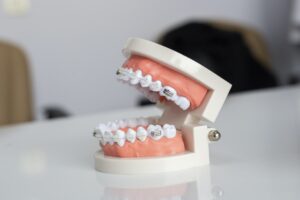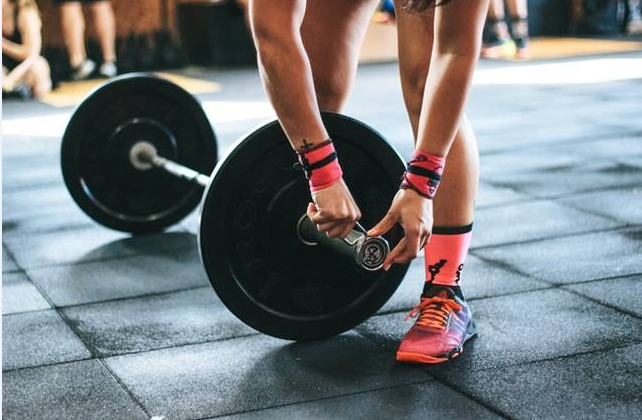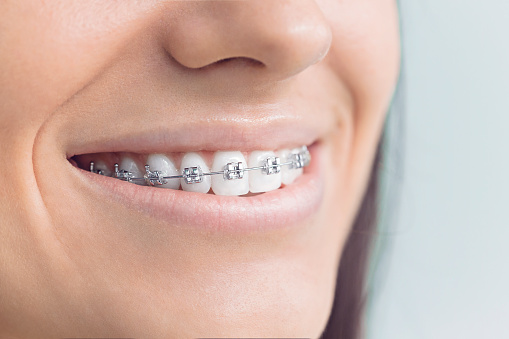
Looking for the best sonicare braces? But don’t now about it? There is no need to worry about it. Here in this article we will determine each and every aspect of sonicare braces.
Sonicare braces are a type of orthodontic device that is used to straighten your teeth. They work through the use of sonic waves, which acts as an invisible force that moves around your mouth and over your teeth if you want to know more about Sonicare braces or how they can help you get straighter teeth.
Sonicare braces are the best type of braces to use if you want straighter teeth because they move your teeth at a faster rate than other types of braces. They also reduce the discomfort caused by wearing metal brackets or wires, making them great for adults who don’t like having visible orthodontic devices in their mouths.
When Should You Get Braces?
You should get Best Sonicare braces when your teeth have moved out of place or if they are not in line with each other. It would help if you also got them when you want to make sure that you maintain the health and integrity of your teeth for their entire life cycle, which can last from ten to fifteen years. That means it is possible for a person who has never had dental issues before to get braces at fifty years old!
Some people may think that this is too late. Still, there are many benefits associated with having orthodontics work done on your mouth after age between twelve and fourteen instead of waiting until later in life. These include: preserving oral function, keeping current restorations intact, maintaining soft tissue appearance, and preventing reoccurrence of dental problems.
Tip
As you can see, there are many benefits to having Best Sonicare braces at any age and no matter if your mouth is healthy or not. It is never too late for this kind of treatment that was designed with the health of your mouth in mind! So please do not wait until it’s too late; contact our office today so we can work together on creating a plan that will fit into your schedule perfectly while positioning you for the best results possible.
How Do Best Sonicare braces Work?
Sonicare Braces work by applying constant pressure on teeth to shift into their new position over time. The exact type of brace applied depends on what stage you are at in your orthodontic journey – full mouth braces or partials can help move your teeth in different ways, depending on where they’re needed! We also recommend wearing a retainer after your braces come off so that your new smile doesn’t shift.

Which Type Of Braces Do You Need?
Self-Ligating Brackets
These brackets are smaller and less noticeable than traditional metal braces and utilize a plastic ligature to hold the arch wire in place – no more poking yourself with extra hardware! The biggest downside is that these can be susceptible to breaking if you’re not careful when eating hard foods like nuts or ice, but they work just as well for most people as regular brackets.
Self-ligating brackets make up about half of our practice due to their growing popularity; we even offer them pink.
Traditional Metal Brackets
The conventional metal brackets are still an excellent option for some patients, and we have many who love their look. They’re sturdy and can take more wear-and-tear than self-ligating braces – keep in mind you will be receiving treatments twice as long to accommodate this (typically 18 months versus nine).
Brackets with Built-In Bands
These “built in band” style braces don’t require rubber bands like their predecessors; they utilize small bumpers built into each bracket which hold the arch wire securely without extra hardware. If your teeth move quickly or you aren’t careful when eating hard foods, these may not be right for you.
Which Sonicare Braces Work?
There are many different braces on the market today, but not everyone is suitable for everyone. What might work well with some patients may not be so effective with others. The type of orthodontic device you will need depends on your age and the severity of the malocclusion (the misalignment or improper positioning of teeth).
Typically, older individuals can opt to use Envisaging instead of traditional metal braces because it’s easier to maintain good oral hygiene when they have no brackets covering their teeth.In addition, those who do not want very noticeable changes from their original smile shape should consider using this method instead since there is nothing visible during treatment except clear aligners.
Patients with Malocclusion
However, some patients have severe malocclusion or need orthodontic support to avoid teeth shifting. They may require more advanced treatment methods, such as traditional braces with brackets on front teeth and wires running between them.
Which Toothbrush Should Be Used With Braces?
Your Sonicare toothbrush is an excellent choice for Sonicare Braces. There are a few other things you will need to do to keep your teeth clean when wearing orthodontic appliances: Use a soft-bristled brush (as stiff bristle brushes can cause the wires between your teeth to break)
Don’t scrub or grind – you mustn’t push too hard with any brush, but notably not one as strong as this because doing so could damage the enamel on your front tooth surfaces, which may lead to staining of those areas and potentially even decay!

Consult your dentist
If you have concerns about brushing, please consult the online support community, where we can help answer questions before they become problems. We also run a free half-hour orthodontic clinic each week where we can meet with people to talk through any concerns they have and everyone is suitable for everyone.
What might work well with some patients may not be so effective with others. The type of orthodontic device you will need largely depends on your age and the severity of the malocclusion (the misalignment or crookedness of teeth).
Conclusion
We want to conclude our topic by stating that the best Sonicare braces are not necessarily cheap, but they are worth every penny. Therefore, if you have a limited budget, it is recommended first to consult your orthodontist, who can recommend a practical appliance considering all possible factors.














